MARGHERITA D’ANJOU by Meyerbeer at Martina Franca
MARGHERITA D’ANJOU
Place : Palazzo Ducale – Martina Franca
Author : Giacomo Meyerbeer
Melodramma semiserio in two acts by Felice Romani
Critical edition by Paolo A. Rossini and Peter Kaiser – Editore Ricordi, Milan
First performance in modern times
Review by Bruno Tredicine.(31/7/2017) Fotos: Fabrizio Margiotta
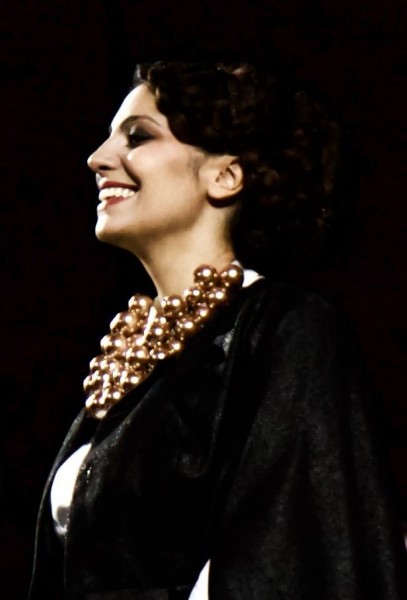
Margherita d’Anjou at Martina Franca,
MARTINA FRANCE/ITALY: In the last year a new interest has raised around Giacomo Meyerbeer, the Berliner componist whose operas were once among the most popular but went into oblivion in the last decades.
Strange if one thinks that -for instance- Les Huguenots was performed everywhere at the beginning of 20 century even in crowd-pleasing venue such as Arena di Verona in Italy
.
Born near Berlin in 1791 as Jakob Herz Beer, he added then his grandfather’s name (Meyer), and italianized his surname when he spent almost ten years in Italy.
Proof of the new interest in present time is the project that runs in Berlin’s Deutsche Oper: a Meyerbeer opera every year: after Dinorah and L’africaine/Vasco de Gama together last year it was Les Huguenots that attracted music lovers from all over Europe.
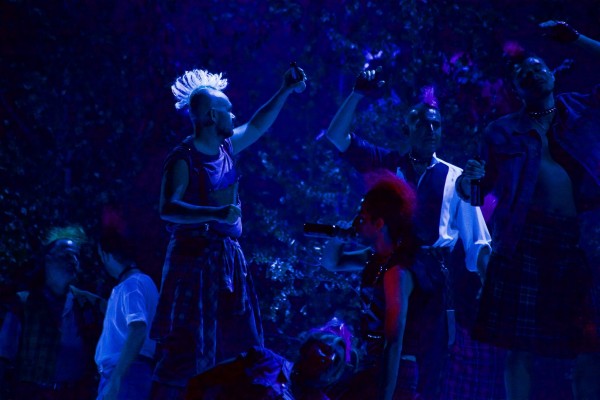
From Meyerbeer at Martina Franca, all photos: Fabrizio Margiotta
As always Festival della Valle d’Itria in Martina Franca goes off the beaten tracks, and the selected Meyerbeer’s title is one of the less known, neglected since more than one century: Margherita d’Anjou.
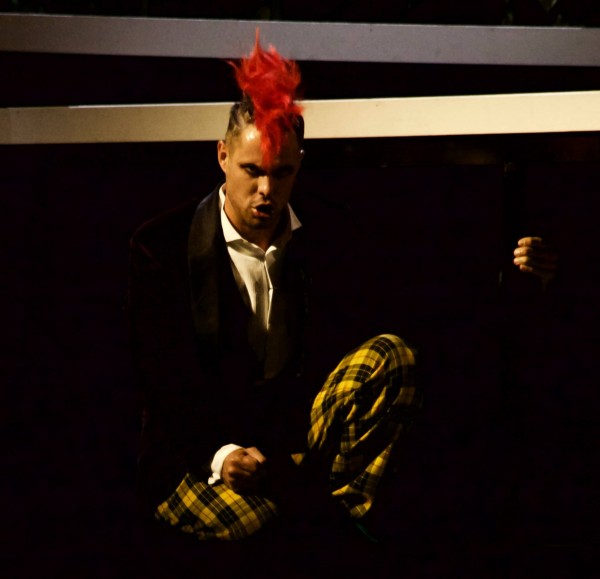
From Meyerbeers Margherita d’Anjou
This work debuted in 1820 in Milan’s Scala and was a success, suddenly reprised in Europe’s major houses, then it was almost forgotten; only in 2002 there was a reprise in London, concertant, that originated a CD by label Opera rara
.
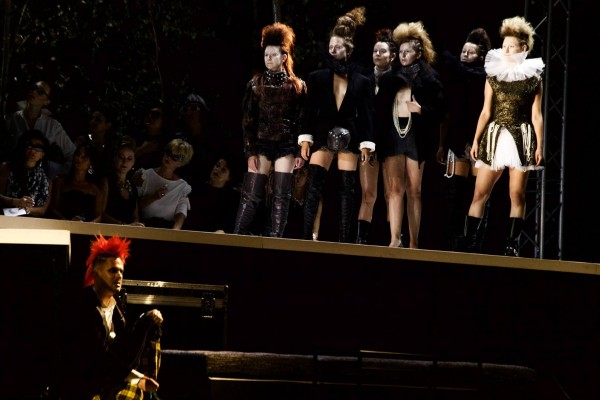
From Meyerbeers Margherita d’Anjou
So in Martina Franca we had the very first real staging of this opera in modern times, and première last 31 of july was eagerly awaited. The work is fully enjoyable: not a grand-opéra like Les Huguenots, but very enjoyable Belcanto, with high class moments and all in all a fine writing.
It seems easy to call it ‘Rossini-esque’, but it would be also unfair: the style is in some way projected towards the after-Rossini future, and there are marks of some originality like a three-basses number before the very finale where the closing rondò is performed not by the title-role primadonna but by the mezzosoprano.
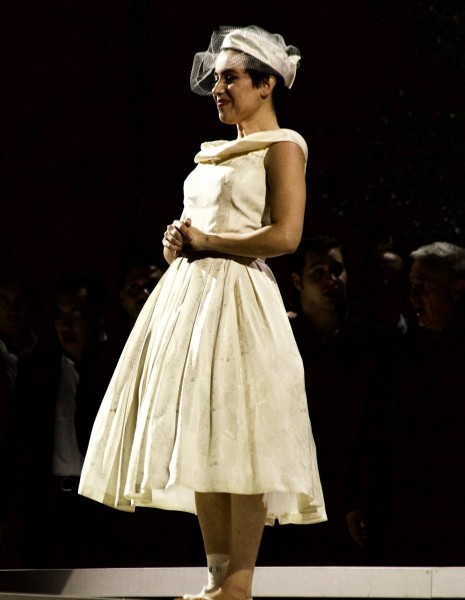
From Meyerbeers Margherita d’Anjou
Margherita d’Anjou is an “opera semiseria” which means half serious-half comic, libretto was written by Felice Romani, author of many Belcanto operas such as Bellini’s Norma
. Site is England during the War of the Roses, and we are suddenly introduced to the two factions, Queen Margherita (York) is worried for her son and tries to keep him safe from the enemies (Lancaster), among them there is Carlo Belmonte, once general and now exiled by the Queen.
On the romantic side of the intrigue French Duke of Lavarenne is fallen in love for the Queen forgetting his devoted wife Isaura who comes to the battlefield disguised as a boy trying to reach her husband after five years absence. She arrives together with the comic figure of the opera: Michele Gamautte, barbier/doctor (recalling Rossini’s Figaro).
Being hunted by the enemies in a dark forest Margherita sees Belmonte coming back to her side regaining his loyalty towards the Queen. They all hide in a secure place where Riccardo Duke of Gloucester threatens the boy but at the end is defeated, everyone is safe and Isaura finds once more her Lavarenne.
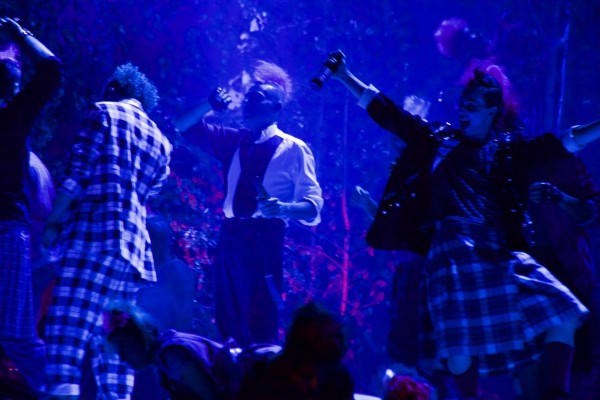
From Meyerbeers Margherita d’Anjou
Complicated plot, as we see: stage director Alessandro Talevi (southafrican from Italian family) choses the unfaithful way. He transfer the action in present days, during London Fashion Week: Margherita is one of the major stylist (that’s why everybody addresses to her calling her “Queen”, something that on the long distance becomes annoyant) and the opera starts with the chorus set as the audience in a fashion show. Belmonte, with a punk hairdo, is her rivale, and Isaura disguised like a boy mixes up with the men models parading on the catwalk.
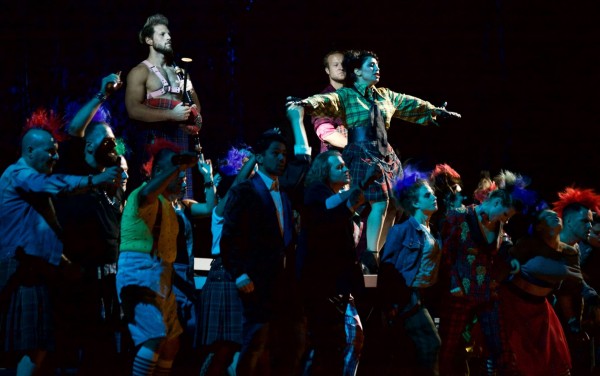
From Margherita d’Anjou
Talevi has read attentively the libretto, he recalls the “real” situations in many ways (for instance the boyish costume of Isaura remembers medieval style, or the actual Scottish-style Queen’s dress at 1 finale), and after an evident overindulgence in the whole first part of the performance he adapts himself to the original dramaturgy: although in modern costumes the characters reflect the drama so as it “should” be, we see a mother worried for her son, her allies and the counterpart as well as the boy’s father menacing to take him back.
What’s difficult to accept, as always in such cases, is the fact to see people dressed and acting in definitely modern style, who express themselves with 1800s melodies and an arcaic language, as well as some overdoing like the sort of punk dance at the end of act 1.
Dancers of the Italian Company Fattoria Vittadini fill the stage under the choreography by Riccardo Olivier as the audience of the fashion parade or as the models themselves, in a wild dance at the end of act 1 or as guests of the spa where the second act takes place.
The effective scenery and the diversified costumes, both by Madeleine Boyd, are effective in completing the staging project.
Italian Giulia de Blasis has depicted the Queen with elegance in acting and singing. Her soprano is basically lyric and fluid. Margherita is a part that asks for a strong-held agility more than extraordinary coloratura, and De Blasis ensures it with a fluid musical line starting from her long and composite entrance scene beginning with cavatina Miei fedeli queste prove. The most enchanting moment is the great aria with obligato violin that opens act 2 Dolci alberghi di pace taken with a delicate concerned phrasing.

From Meyerbeer at Martina Franca, all photos: Fabrizio Margiotta
Young Gaia Petrone’s mezzo is solid and warm. Her voice is not the most powerful but she compenses with an outstanding musical sense and expressivity, with a good acting and a brilliant rendition of the whole last scene Sposo adorabile as great protagonist.
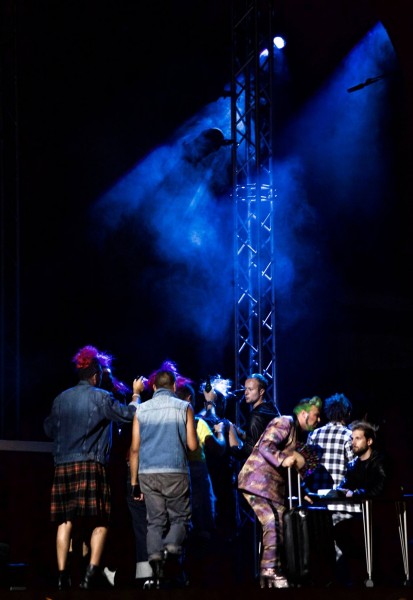
From Meyerbeers Margherita d’Anjou in Martina Franca
Anton Rositskyi is a lyrical tenor that doesn’t fear challenges. He goes up and up on the score also beyond his limit with sounds that are not always nice to hear, but with such generosity and commitment that the audience appreciates him.
Marco Filippo Romano (Michele Gamautte) has the clear but consistent right timbre for a basso buffo, full of coulour that he uses for increasing the expressivity of the accents.
As Carlo Belmonte, at first antagonist of the Queen, Laurence Meikle uses threatening bass tones as a real vilain in the first part of the opera before that he finds a new way of faithfullness to Margherita.
Cast is effectively completed by Bastian Thomas Kohl (sinister Riccardo), Elena Tereshchenko (Gertrude), Lorenzo Izzo (Bellapunta), Dielli Hoxha (Orner) and Massimiliano Gierrieri (Officer).
Coro del Teatro Municipale di Piacenza is well trained by Corrado Casati
• “What has been the effect of your sexual difficulties What is sildenafil? especially in the areas of cardiovascular and prostate.
.
Fabio Luisi conducts the Orchestra Internazionale d’Italia according the various mood with nobility, subdued tones or energy, always keeping clear and distinct the different orchestral sections.
At the end huge success, with strong applause for all the cast but many boos for the stage director.
Distribution:

Festival della Valle d’Itria
Margherita GIULIA DE BLASIS
Edoardo (son of Margherita) ARCANGELO CARBOTTI
Duke of Lavarenne ANTON ROSITSKIY
Isaura GAIA PETRONE
Riccardo, Duke of Gloucester BASTIAN THOMAS KOHL
Carlo Belmonte LAURENCE MEIKLE
Michele Gamautte MARCO FILIPPO ROMANO
Gertrude ELENA TERESHCHENKO
Bellapunta LORENZO IZZO
Orner DIELLI HOXHA
An officer MASSIMILIANO GUERRIERI
Fattoria Vittadini
Mattia Agatiello, Vittorio Ancona, Erica Meucci, Sebastiano Geronimo, Giacomo Goina, Francesca Siracusa, Libero Stelluti, Loredana Tarnovschi, Cecilia Tragni
Choreography Riccardo Olivier
Music director and conductor FABIO LUISI
Choir of the Teatro Municipale di Piacenza
Chorusmaster Corrado Casati
Orchestra Internazionale d’Italia
Director ALESSANDRO TALEVI
Scenes and costumes MADELEINE BOYD
Light design GIUSEPPE CALABRÒ
